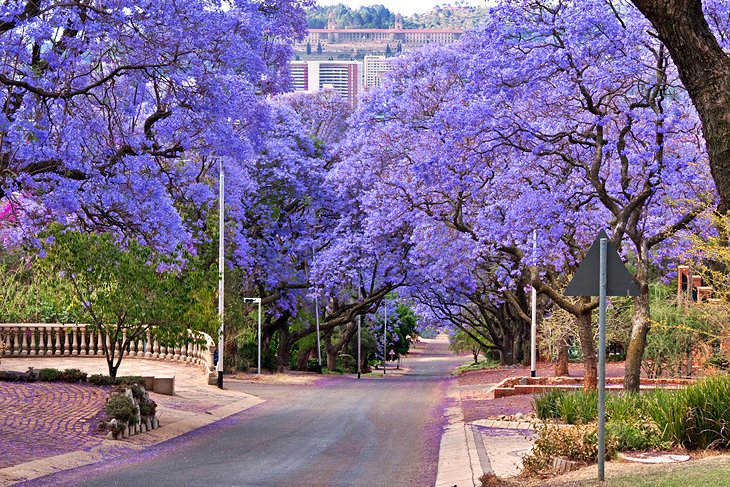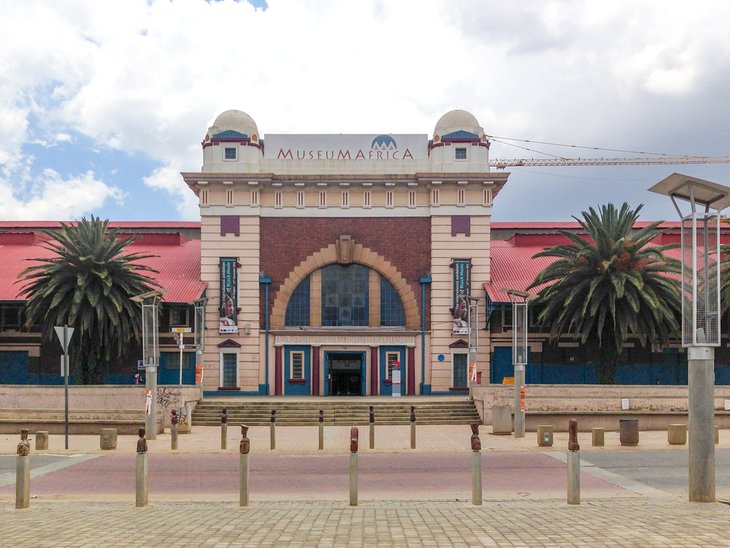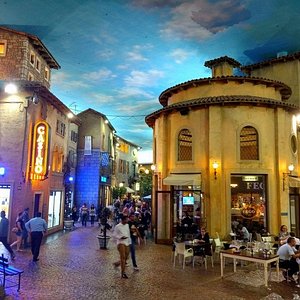Johannesburg North Attractions Fundamentals Explained
Table of ContentsThe Buzz on Johannesburg North AttractionsNot known Incorrect Statements About Johannesburg North Attractions How Johannesburg North Attractions can Save You Time, Stress, and Money.Indicators on Johannesburg North Attractions You Should KnowSome Ideas on Johannesburg North Attractions You Should KnowThe smart Trick of Johannesburg North Attractions That Nobody is DiscussingThe Ultimate Guide To Johannesburg North Attractions
You must keep safety and security in mind and tourists should continue to be sharp at all times when in unfamiliar surroundings. Talk with the locals when you are in community to learn about the area you are remaining in. Johannesburg North attractions. When on the road (this does not relate to mall and various other safe atmospheres) best basic advice is to attempt your ideal to appear like a local and to avoid presenting any type of type of wide range
Johannesburg North Attractions - Truths
Teacher Revil Mason O. J. (Thomson, 1946) checked out the Witwatersrand's pre-colonial history. His archaeological work exploded the 'em pty land' myth, according to which the region was without human habitation prior to the arrival of European settlers. In his magazines Prehistory of the Transvaal: A Document of Human Activity (1962) and Beginnings of Black Individuals of Johannesburg and the Southern Western Central Transvaal AD 3501880 (1986 ), Teacher Mason showed the degree of social and economic advancement in the area prior to Europeans set foot below.

The Of Johannesburg North Attractions
In 1878, David Wardrop located gold in quartz veins at Zwartkop, north of Krugersdorp. In 1881, Stephanus Minnaar came across gold on the ranch Kromdraai, near the Cradle of Mankind.
In March 1886, an outcropping (soon to be called the Main Reef) was discovered, fairly fortuitously, on Gerhardus Oosthuizen's farm Langlaagte. Some state that the Lancastrian coal miner George Walker discovered this coral reef. Another travelling English miner, George Harrison (that had formerly worked in Australian mines) acquired a prospecting permit in respect of Langlaagte in Might 1886.
He made a decision to move on in a mission for greener pastures, and disposed of his Langlaagte case for the baronial sum of 10. Alas: underneath lay the richest goldfield ever discovered. The discovery of this rich auriferous coral reef provoked a gold rush that signalled the end of agrarian tranquillity in the southerly Transvaal.
It would certainly, within 6 years, end up being the biggest community in southerly Africa. Within a decade, it would make the Z. A. R. till then an anarchical and insolvent little state the richest nation in Africa. By the millenium, the Z. A. R. was to exceed Russia, Australia that site and the USA of America to end up being the world's leading gold manufacturer, generating greater than a quarter of the globe's gold.
Some Known Details About Johannesburg North Attractions
It was recognized as Ferreira's Camp, named after Colonel Ignatius Ferreira. He was a Boer adventurer upon whom the British authorities had bestowed the standing of Buddy of the Most Identified Order of St Michael and St George (entitling him to the post-nominal letters C. M. G.) in appreciation for his role in the battle that had deposed the Pedi king Sekhukhune in 1879.
Quickly the camp was including tents and wagons as newbies got here daily from everywhere. By September 1886, some 400 individuals lived in Ferreira's Camp, which quickly flaunted built iron and timber structures. Two other camps were established: Meyer's Camp on the ranch Doornfontein, and Paarl Camp. The latter was nicknamed Afrikander Camp; many people from the Cape Colony worked out there.

The Definitive Guide to Johannesburg North Attractions
This name gained currency by word Get More Info of mouth, such that the State Assistant attested the name to the Mining Commissioner on 9 this article October 1886. Stands in the town were auctioned on 8 December 1886. While some stands were cost 10, others were knocked down for as little as sixpence.
Two years later on, these erven were to transform hands for as high as 750 each. The tented camps decreased as a dorp of corrugated iron structures created and increased north of the mines situated along the Main Reef Roadway. Areas such as Jeppe's Community (where working-class immigrants erected their residences) and Doornfontein (where the upscale new 'Randlords' started to build their opulent homes) were soon added to the ever-expanding map of the community.
Johannesburg North Attractions Things To Know Before You Buy
In addition to the street names, there were no signs of Johannesburg being positioned in a Dutch-speaking country. Years later, C. W. Kearns O. J. (one of the first children enrolled at St John's University in 1898) would certainly remember: 'A strange fact regarding Johannesburg was that, although it was in the [Boer Republic], virtually every person talked English and also the Federal government slaves dealt with one in English, unless they were first addressed in the Taal (or Reduced Dutch)'.
Thus, Britain had a rate of interest in guaranteeing optimum conditions for gold manufacturing on the Witwatersrand, and that the gold was exported to London instead of Berlin an imperative made even more clamant by the Z. A. R - Johannesburg North attractions.'s increasing toenadering with Germany. Mine proprietors were on a crash course with President Kruger, whose plan of monopolistic giving ins (commonly granted to his cronies) stopped mining companies from obtaining products of materials (particularly dynamite) and work on their own, less expensive terms
The Only Guide for Johannesburg North Attractions
In 1890, the Volksraad had actually limited the franchise to white guys who had stayed in the Z. A. R. for fourteen years or longer, therefore invalidating the majority of the immigrants (who happened to be the major contributors to the fiscus). Frustration for the ballot was a plain pretense for promoting a different program; the majority of uitlanders concerned themselves as short-lived site visitors and had no objective of staying in the Z.